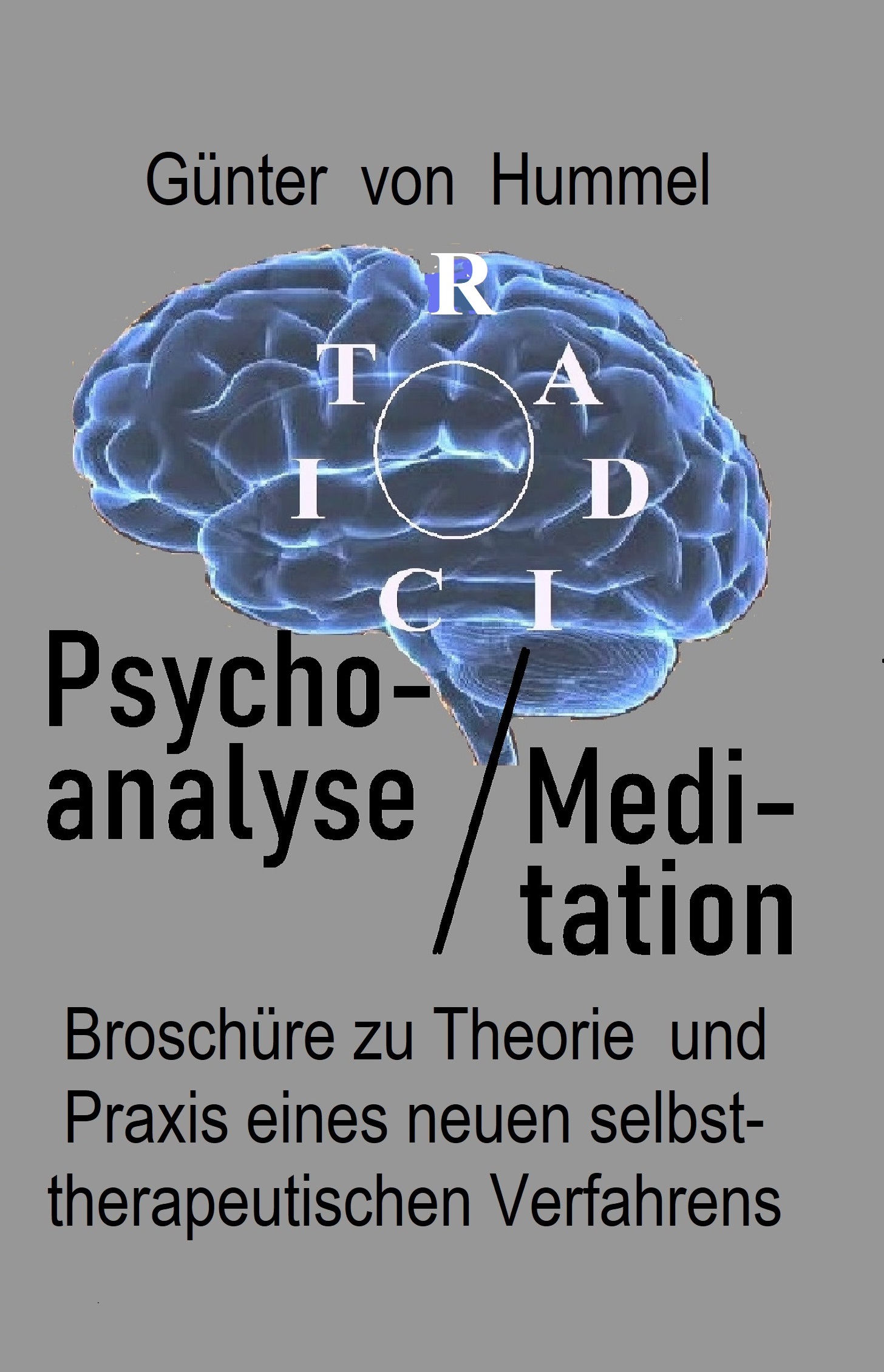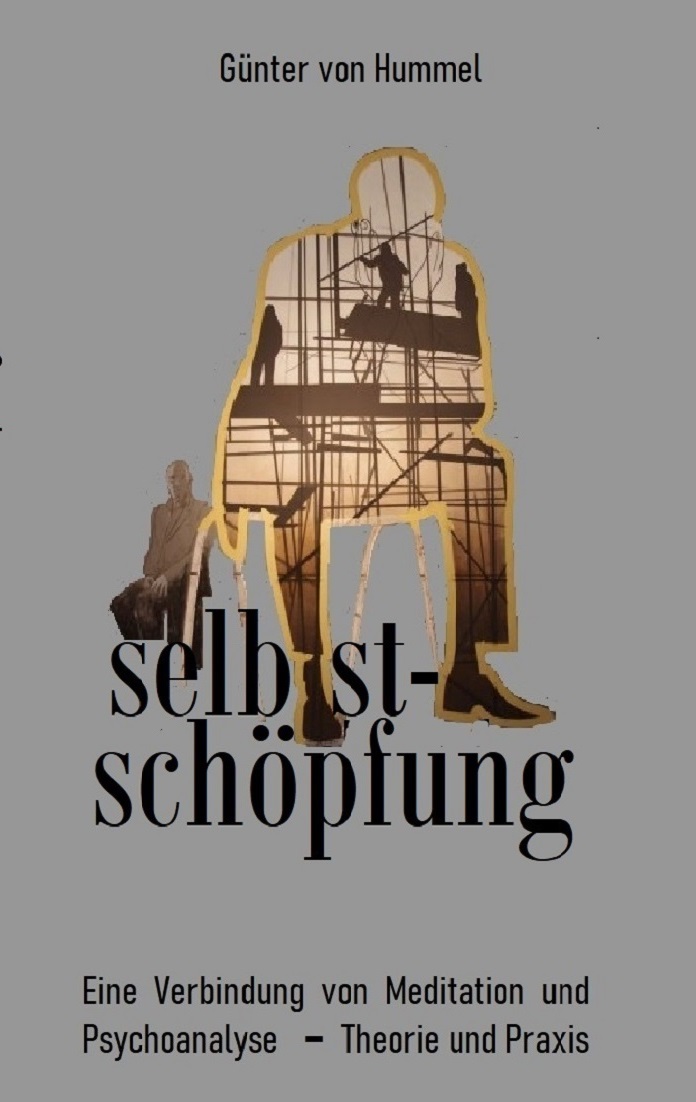The gaze and its image, this dissociation of gaze and eye, has yet to be properly described in psychoanalysis, because the gaze in psychoanalysis has basically been faded out.
I have already quoted G. Seidler, who referred to these issues in his book "Der Blick des Anderen" (The Other's Gaze1) and also comes to conclusions that bring us closer to Surat Shabd Yoga.
But, he describes exchanging positioning of mutual perception as an important element of analytic structure, though it cannot be utilized in therapy, since the capability of 'objective self-reflection' is only possible by starting at a certain intellectual level and comprehensive work. But 'free association' needs to be engaged generously (expressing one's ideas freely and spontaneously), and explicit conversation with another person, in order to interpret the gaze's, should they have occurred and so being able to transcend the simple 'mental'.
So, according to Seidler, "an updating exchange of gazes at the beginning and at the end of each analytic session", within the guidelines of psychoanalysis, is not only important, but even "an inevitable condition for the 'gaze inside' (obviously, highly differentiated use of the gaze is mandatory, and it could be utilized that way in special sessions). This has to do with the principle of having to penetrate the 'image-gazes'. However, the complex-vocal revelation needs to develop to the extent that true knowledge, cognition and science can be spoken of, and not of simple "mental".
In order to 'see' yourself namely requires a certain distance to the gaze of the Other, and it is just such a distance that has had so little use in psychoanalysis, since the setting for a session is rigid and fixed, and which leads to the gaze not being applied flexibly throughout the session.
1 Remember that the Other written with capital "O" means the important, significant, totally Other (here especially represented by the analyst or the guru).


